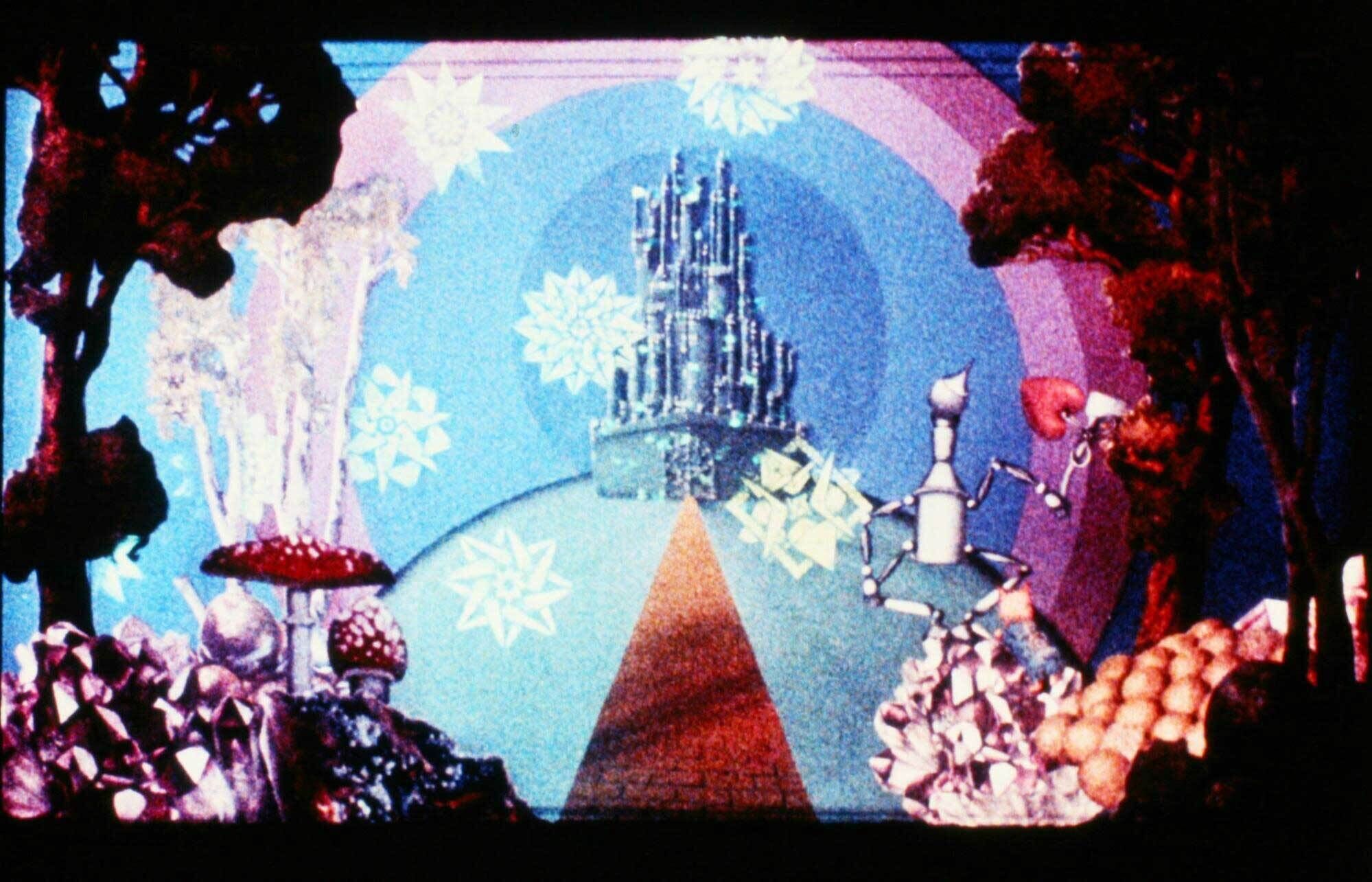
Harry Smith, still from Film No. 16: Oz: The Tin Woodman’s Dream, c. 1967. 35mm film, color, silent; 15 min. Courtesy of Anthology Film Archives, New York, NY; restored by Anthology Film Archives and the Film Foundation with funding provided by the Hobson/Lucas Family Foundation. © Anthology Film Archives